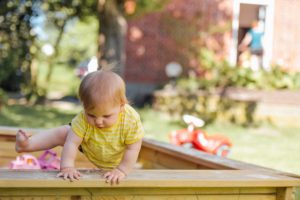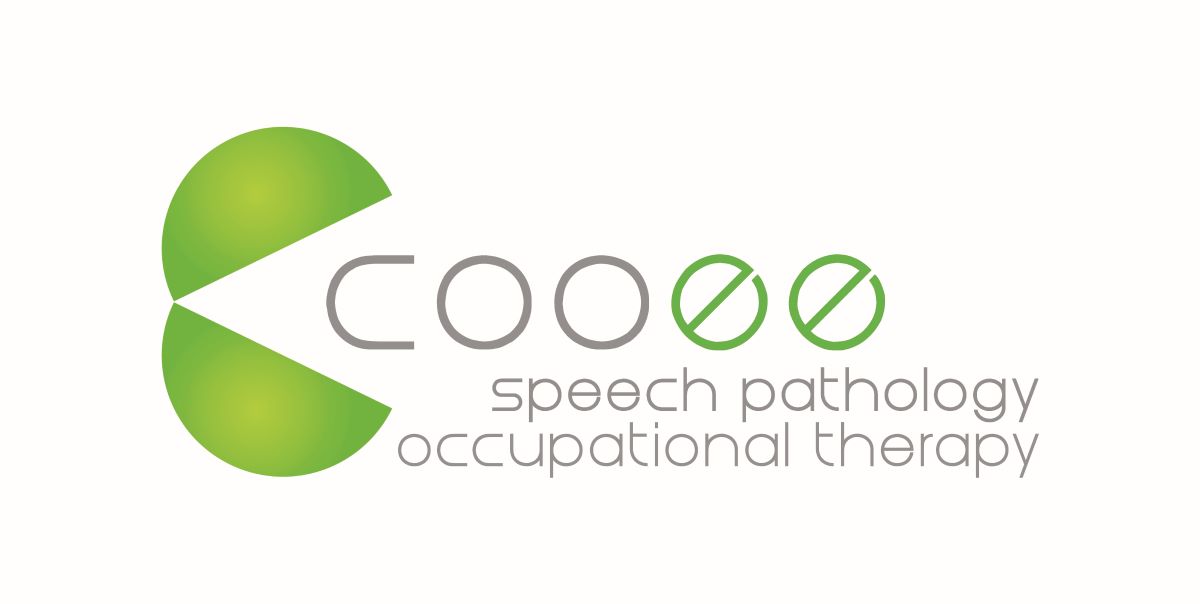Primitive Reflexes – What they are and what their impacts are on a child’s learning
What are primitive reflexes?
Primitive reflexes are a set of automatic movement patterns that commence during pregnancy and are fully present when a baby is born. These reflexes lay the foundation for the child’s nervous system which is responsible for processing information through their 5 senses of taste, touch, smell, sight and sound. Each primitive reflex serves a neurological function and purpose, such as supporting the baby and mother to move through the birth canal and preparing the new baby to move against gravity. If these are not developed properly the child will have trouble regulating, processing and interpreting information from one or more of their senses. Primitive reflexes should integrate into the nervous system and be replaced by postural reflexes to support gross motor development for crawling, walking, talking and playing.
Why is movement important? 
Movement integrates and anchors new information into our neural networks. Every time we move our bodies in an organised manner, we activate the brain to integrate new learning. This is why it is so important for children to move and play, so that they optimise blood flow to the brain and encourage our automatic brain functions to occur and “cement” new learnings.
Impacts of a retained primitive reflex on learning
As a child enters school it is generally assumed that they can already sit still, pay attention, hold a writing instrument and make marks on a paper ready for reading and writing. For most children these skills come without too much difficulty, however if a child has a retained primitive reflex, or other disconnections in the brain, these tasks require another level of concentration. The child is required to focus and interpret more physical, neurological and sensory information on top of higher learning demands. If there is a disconnect between the brain and the body due to a retained reflex, the child is placing all of the focus on different sensory information that is going on around them like the level of noises, visual information, holding their body in an upright position. All of these distractions that are going on around them makes it more difficult for their brain to focus on reading, writing or listening to the teacher.
What can cause primitive reflexes to be retained
 There are a number of factors that can cause a reflex not to integrate properly. The truth is that most of the causes can’t be controlled. Surprisingly many children typically hold onto these reflexes because of something that happened at birth, such as a traumatic birth, a cesarean, or a lack of oxygen. Other reasons could be caused by a baby not requiring that specific reflex at the appropriate time of development or function or the child may have been exposed to limited time spent on their tummy. Sometimes babies can be born perfectly healthy and something traumatic happens when they’re younger which causes the reflexes to come back as well.
There are a number of factors that can cause a reflex not to integrate properly. The truth is that most of the causes can’t be controlled. Surprisingly many children typically hold onto these reflexes because of something that happened at birth, such as a traumatic birth, a cesarean, or a lack of oxygen. Other reasons could be caused by a baby not requiring that specific reflex at the appropriate time of development or function or the child may have been exposed to limited time spent on their tummy. Sometimes babies can be born perfectly healthy and something traumatic happens when they’re younger which causes the reflexes to come back as well.
As mentioned earlier, primitive reflexes are generally replaced by a postural reflex at around 3.5 years of age. Postural reflexes are more mature patterns of movement and responses that control balance, coordination and sensory motor development. If a child has a retained primitive reflex, they are likely to be delayed in their development of gross motor function.
Some signs and symptoms of retained primitive reflexes
- Sensitivity to sensory information
- Poor impulse control
- Clumsiness
- Posture issues
- Fidgeting and poor attention
- Poor hand eye coordination
- Difficulties with fine motor skills
- W sitting past age 4
- Toe walking
- Low muscle tone
- Difficulties with visual tracking

Signs and symptoms of 6 primitive reflexes that may indicate a retained reflex
- Fear paralysis: the first reflexes to emerge and are important for fight/flight. It’s purpose is to protect an unborn baby from a perceived threat. If it is retained you may notice:
- Sensitivity to sensory information such as touch, sound, light, smell and taste
- Balance issues, clumsy, falls over has difficulty with sports
- Difficulty with visual perception- doesn’t visually scan their surroundings
- Experiences anxiety chronic fears
- Trouble with eye contact
- Expressive verbal language difficulties
- Moro reflex: is present at birth and is connected to all the senses in one way or another. Often children with Sensory Processing Disorder may have a retained moro reflex as it is so closely linked to the sensory system. You may notice:
- Always in fight or flight mode
- Emotional instability and mood swings
- Poor impulse control
- Dislikes changes or surprises
- Difficulty with visual attention and eye tracking for reading
- Hypersensitive to sound
- Difficulty ignoring background noise
- Difficulty with focus and attention
- Poor balance
- Poor coordination
- Tonic Labyrinthine Reflex (TLR): Develops a child’s muscle response for gaining control over the head and neck muscles. Tummy time is so important for the baby to learn how to flex and extend their head and neck to establish correct head alignment for balance, coordination, visual tracking and auditory processing. Some signs that could indicate a retained TLR:
- Poor balance and coordination
- Weak head control and poor posture — slumping on table
- Low muscle tone or stiff and jerky movements
- Toe walking and w -sitting
- Difficulty reading from white board and copying on their book
- Poor auditory processing
- Spinal Galant: Spinal Galant encourages movement and the development of range of motion in the hips. Some symptoms that could indicate a retained Spinal Galant Reflex:
- Bedwetting past the age of 5.
- Persistent wriggling in chair at school
- Seems to be in constant motion
- Attention difficulties
- Really ticklish
- Children may not like tight clothing or tags on clothes
- Clumsiness
- If the child is focusing on calming the reflex and stop movement they are likely to lack the energy they need to focus and learn
- Asymmetrical Tonic Neck Reflex: Coordinates the extension of the arm and leg in response to the head being turned. This reflex is all the kicks and wiggles we feel before children are born. It helps the baby get into the proper position when being born. This reflex is really important for motor function. If retained you may notice some of the following:
- Difficulties crossing the midline
- Poor copying from the board and reading from Left to Right
- Difficulties with throwing and catching
- Can appear awkward or clumsy
- Struggles to get ideas onto paper
- Poor handwriting – hand switching
- Letter and number reversals
- Symmetrical Tonic Neck Reflex (STNR): This is important for preparing the baby for crawling and lifting from tummy to hands and knees. It helps them move from a sit to standing position and training visual perceptual skills. You may notice some of the following signs if your child has a retained STNR:
- Difficulty with processing visual information
- Frequent slouching in their chair due to fatigue copying from the board
- Poor body posture- legs out straight, bringing book to their face, arms outstretched on the desk holding their head
- W-sitting
- Difficulty with swimming
- Messy eater
It is important to note that this is not an exhaustive list of all the signs and symptoms for primitive reflexes. When considering if your child may have a retained primitive reflex your therapist will consider previous history, attainment of milestones in early development and any other neurological conditions that may result in poor motor function, attention difficulties or language and literacy capabilities. If you have any questions or concerns about your child’s potential retained primitive reflexes, please feel free to contact our Occupational Therapists or get in touch with us via email on [email protected] or call us on (07) 3265 4495.

Bre Surawski
Occupational Therapist
